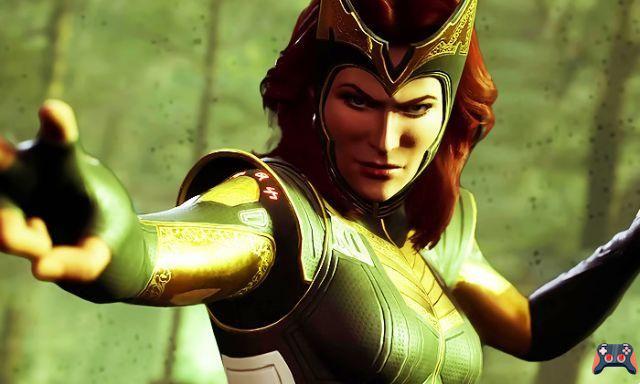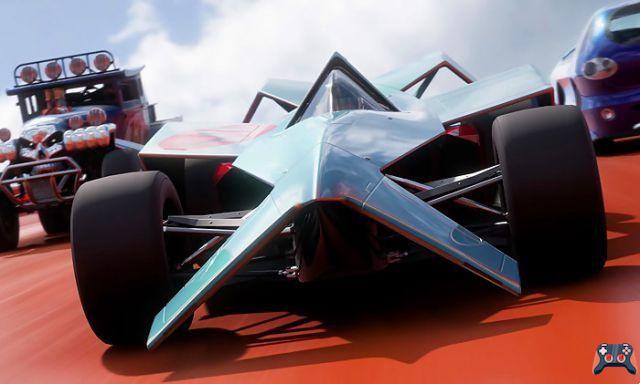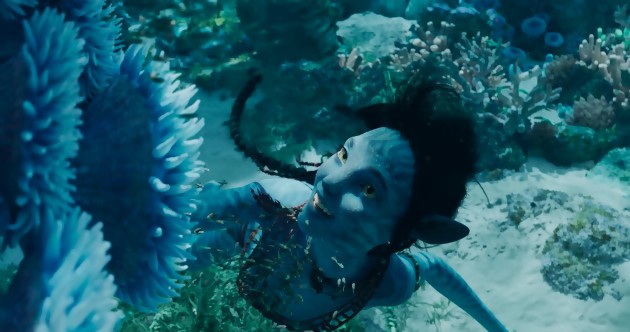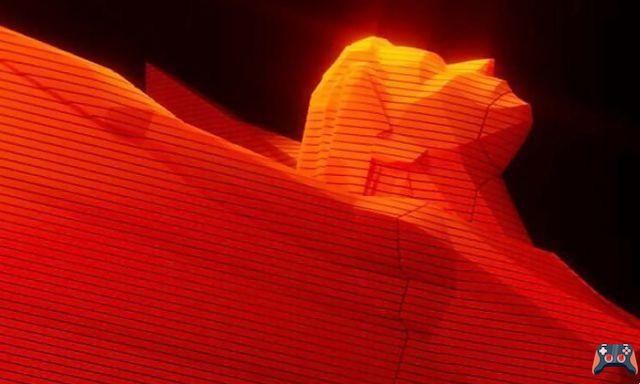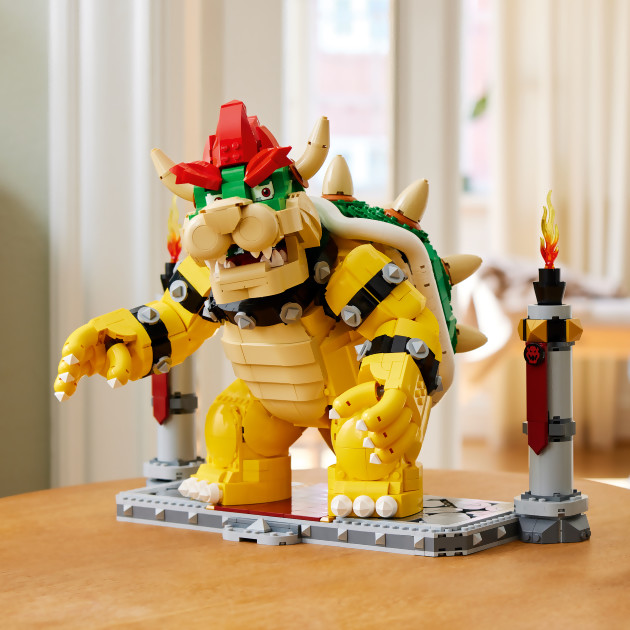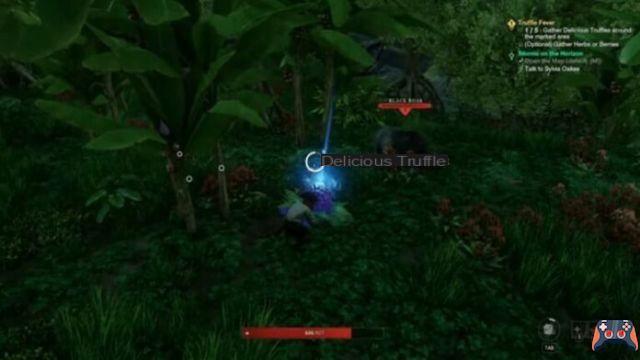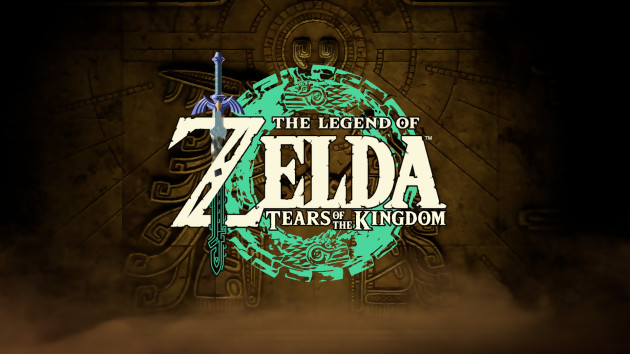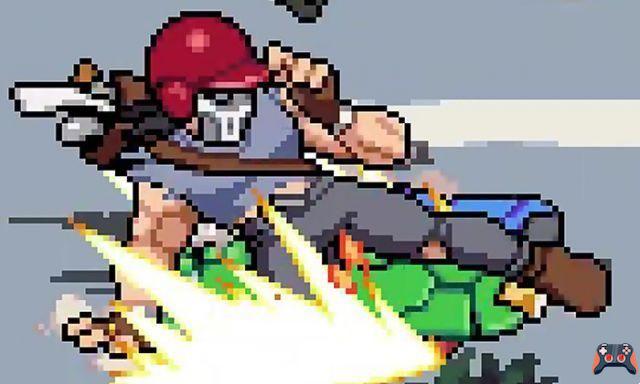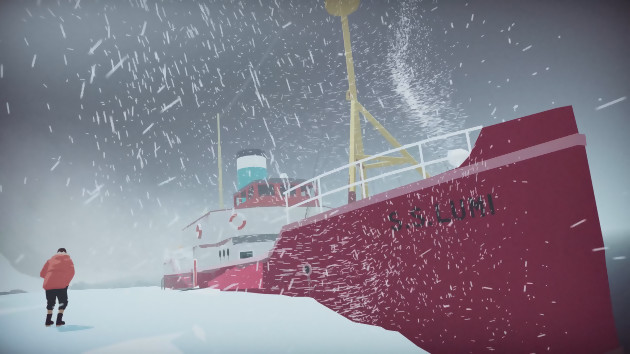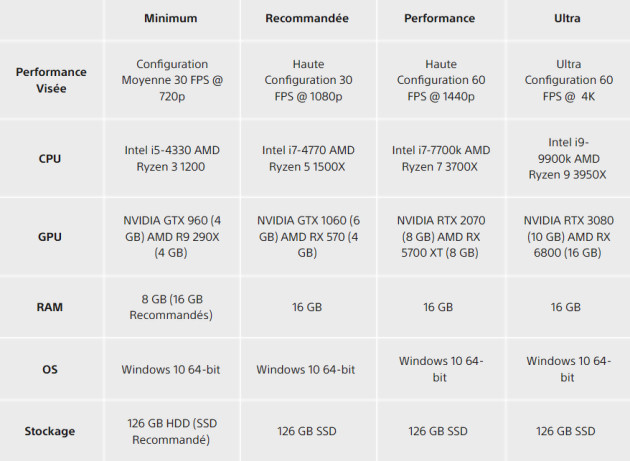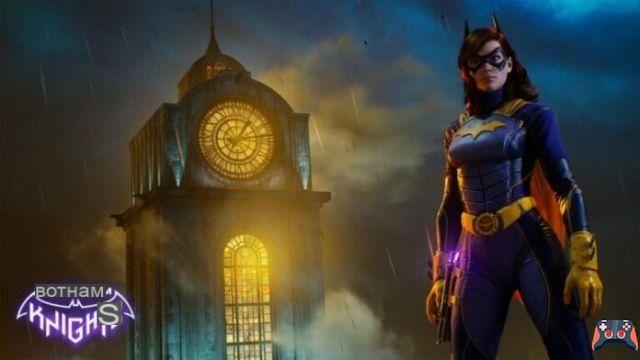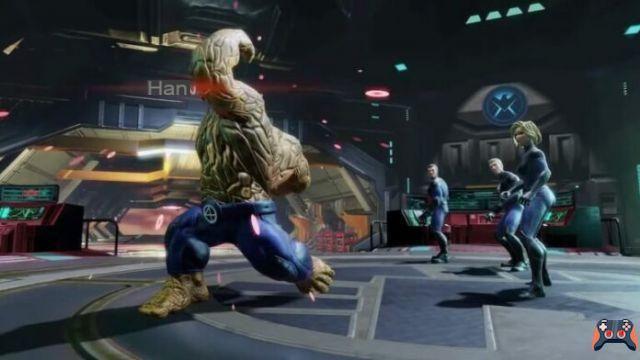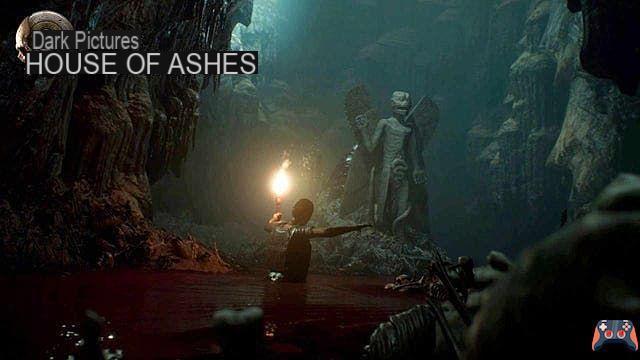
The Dark Pictures Anthology has now delivered its first three games in a series that, if Supermassive is successful, could spawn eight in total. Conceptually, it's a series I'm attached to. I wish there was a great horror anthology with something to look forward to every Halloween.
The Dark Pictures hasn't gone great just yet, and its latest entry, House of Ashes, isn't the one that's going to take it there. This military horror, set against the interesting backdrop of the 2003 invasion of Iraq, makes great strides as a game, but its movie-like storyline still lacks a few final pieces that would earn it the same praise. as a story.
House of Ashes review: A bright spot for dark pictures
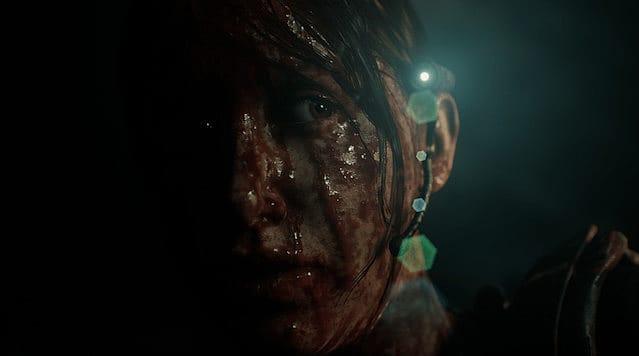
In House of Ashes, players again embody five different characters. Most of them are American soldiers using emerging technology that intends to help them find Sadaam Hussein's legendary WMDs. When, surprise, no ADM is found and the technology proves faulty, those responsible can hardly be reprimanded before the whole group finds themselves sinking hundreds of feet underground.
Ultimately, the firefight they had with the Iraqis above gave way to secret Sumerian ruins buried under centuries of civilization. It would be bad enough if they were just buried in the ground with no easy way out. It's even worse when Republican Guard soldiers are there with them. Worse yet, something lurks in the shadows and preys on soldiers regardless of their uniform.
This opening act is the anthology's strongest to date. The choice to take the series back in time to 2003 and tackle something as controversial as the second Iraq War is a bold one, and Supermassive uses it in good faith to tell a story about both sides working together. to defeat a common (and otherworldly enemy).
However, these themes end up feeling a bit tasteless, as House of Ashes suffers from the same problem as all Dark Pictures games: uninteresting characters.
Like Shawn Ashmore and Will Poulter before her, Ashley Tisdale is the familiar face of this horror story series from Supermassive, and while she manages to break away from her Disney Channel roots, none of the interpersonal drama is enough. intriguing in the players as much as the action itself.
For a game that looks like a movie, that's a problem.
The story of Tisdale's love triangle is built on shots early and often. A melodramatic, melodramatic discussion of who loves whom as the band fears for their lives feels like absurdly bad timing. It could almost be taken as a comedy, except this game is serious at all times. The rah-rah marines find an ally in one of the Iraqi soldiers stuck in hell with them, but it seems just as predictable.
You'll hear a lot about the Unjust Invasion, but it goes no further than a talking head segment between commercial breaks for life insurance. You'll learn how the Iraqi soldier has a son, but it feels like a cheap shortcut to get players to care about the character. Many characters suffer from similar tropes. You know right away which characters are just red shirts that won't last beyond the first few minutes.
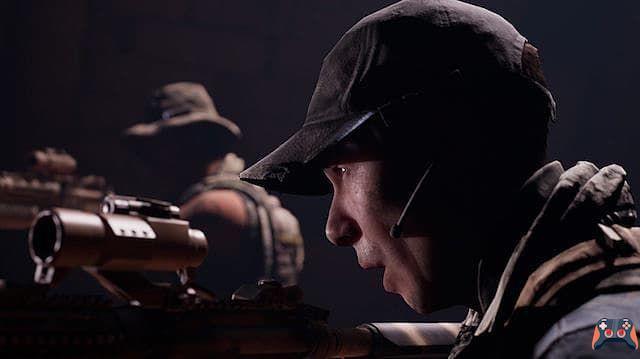
Luckily, the actual House of Ashes gameplay represents the best of this series. If you've ever played any of these games (or Until Dawn), you already know the setup; it's cinematic third-person gameplay with a heavy dose of QTE and tough dialogue decisions in a story where anyone can die.
Where House of Ashes improves on this familiar formula is in several places. On the one hand, the camera work is much improved. Previous games in the series have used fixed camera angles to better resemble a Hollywood production. House of Ashes ditches that for a smoother over-the-shoulder camera, albeit set back a little further than other games.
This drastically reduces the awkward, jerky movements that the series is sometimes known for. Now you can see where you're going better – well, from a camera angle perspective anyway. It's still dark in the caves, after all.
Another improvement Supermassive brings is the inclusion of better difficulty levels which can increase the tension in fast-paced events and generally be less forgiving of your actions. I played on the default difficulty most of the time, but when that meant beating the game without losing any of my characters in a game that revels in its hard choices, I went back and tried hard again. , only to enjoy my time a lot more because the stakes seemed incredibly higher.
Above all, the best thing that House of Ashes does differently is how it implements its mechanics. So often in past games of this genre, your biggest decision always came down to actions. Do you choose to save this character or that one? Are you telling the truth or are you lying? The choices in these games are always active choices that require participation. In House of Ashes, there are more opportunities to do something pivotal by committing to inaction.
In my favorite case, my refusal to sever ties with a particular character, even though it seemed to doom another if I didn't act, ultimately became the reason both characters survived my story. There are several examples of this. Not firing a gun even though the game prompts you and gives you a short timer is another fun recurring inaction. If you can consider the context of a moment, not just its instructions, you will often be slowed down in the best outcome.
It requires you to participate in the story, not just follow the on-screen prompts. This brings me back to my favorite scene in Little Hope from last year, only then I did something wrong and killed someone. In House of Ashes, I feel rewarded for paying close attention and knowing when to exercise some trigger discipline, both literally and figuratively.
Because it looks gorgeous – like one of the prettiest games of the year – and it's still fun to play in co-op mode, I find House of Ashes passes replace your next horror movie marathon choice. . At around five to six hours per playthrough, it'll likely take more than a night to beat him, but a few whine-inducing character decisions don't make him unplayable, just unsatisfied.
House of Ashes Review – The Result
Benefits
- Improved and more thoughtful gameplay moments
- Better camera work significantly reduces jank
- Beautiful visuals in every frame
The inconvenients
- The characters are not intriguing
- The story prepares for interesting commentary, then stumbles upon tropes
Overall, House of Ashes feels slightly better than Little Hope, which certainly felt better than Man of Medan to me. This means The Dark Pictures entries are, by my measure, on an upward trajectory, and I sincerely hope Supermassive is able to do more.
While I don't think this series has reached its full potential yet, I think it's just a really good storyline to get there. As a game, The Dark Pictures is now in a good place. As a script, this third entry in the series goes for The Descent and ends only decent.
[Note: Supermassive Games provided the copy of The Dark Pictures Anthology: House of Ashes used for this review.]






